COAL RUSH
New push for coal mine on Kruger National Park boundary raises alarm
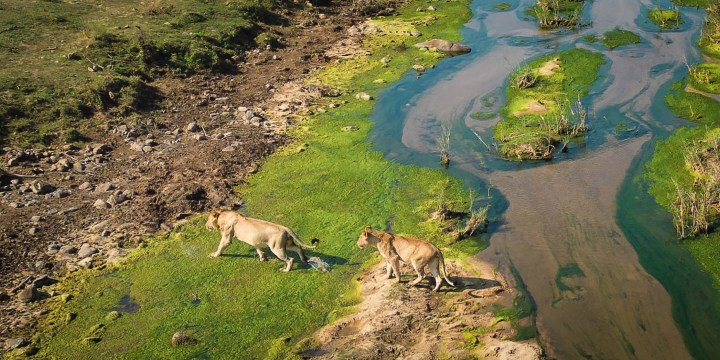
An obscure mining company has revived a rejected proposal under a new name – and Kruger management says it has been kept in the dark about an environmental impact assessment that omits the park.
The impacts on the Kruger National Park are not discussed at all… The locality maps in the draft report do not indicate the proximity of the mine to [the park]… It is highly questionable as to whether the omission has been done on purpose. – Oscar Mthimkhulu, managing executive, Kruger National Park
A controversial plan to mine coal on the southern boundary of the Kruger National Park has been revived, raising concern about what this means for the country’s best-known wildlife sanctuary – as well as for surrounding ecotourism lodges, the agricultural economy and scarce water resources.
The initial plan was launched in 2018 by a relatively unknown mining company, Manzolwandle Investments, based in Emalahleni (Witbank). It involved both opencast and underground mines over a massive 18,000ha swathe of land bordering the park.
That first proposal was rejected by the Department of Mineral Resources and Energy in 2020 after vociferous objections. Now it has been revived by the same mining group using a different name and different environmental consultants.
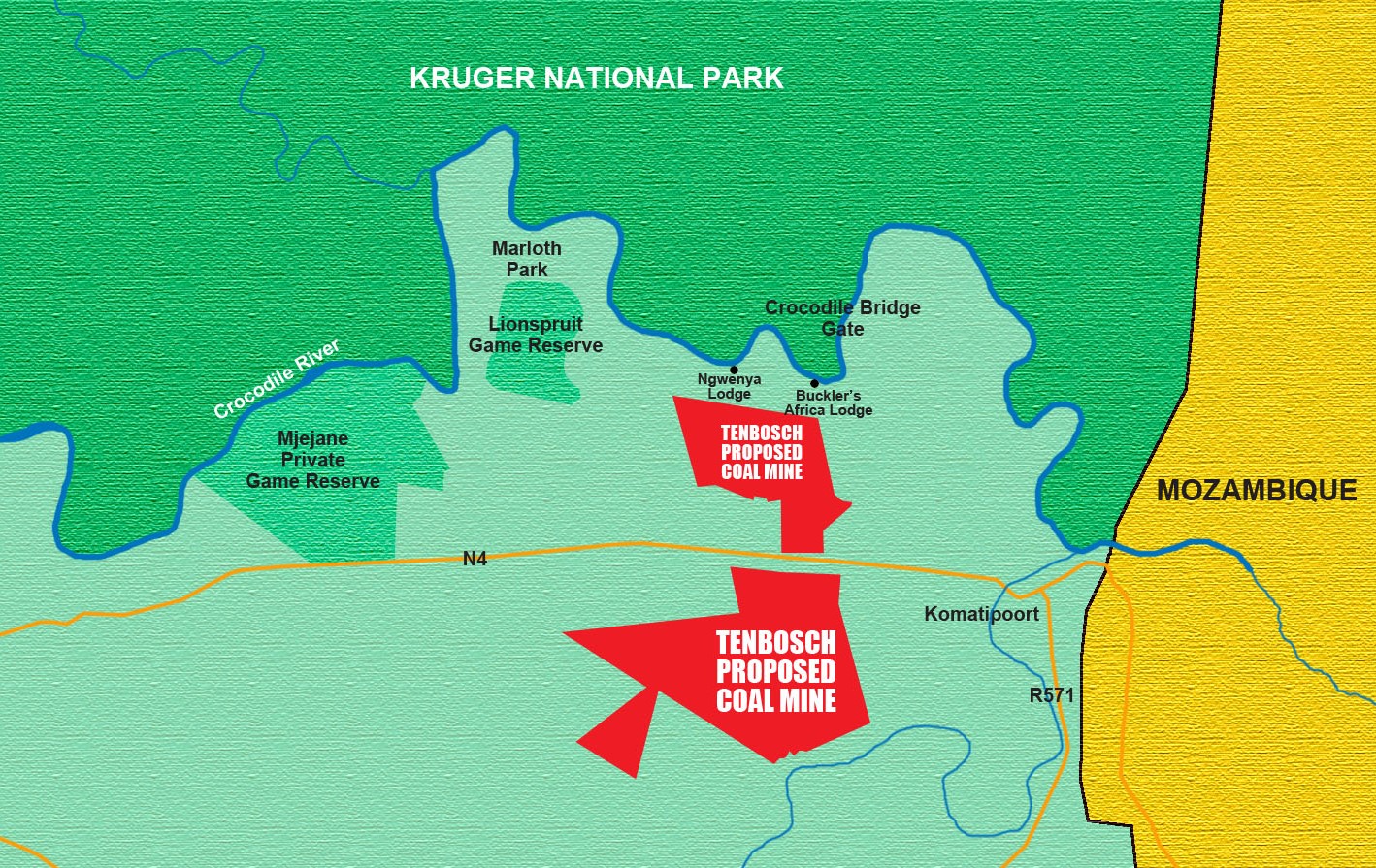
Although the size of the original mining plan has been scaled back, the latest version still includes blasting coal adjacent to the Kruger National Park and several private lodges and farming areas Map: Sheena Carnie
The latest venture, under the name of Tenbosch Mining, has been scaled down considerably and now involves a smaller 6,500ha parcel of land east of the Komatipoort border post.
Nevertheless, Tenbosch and its new environmental consultants, Kimopax, appear not to have consulted the park custodian, South African National Parks (SANParks), even though the revised plan still involves mining rights almost touching the Kruger border.
Alarmingly, SANParks has suggested that its exclusion from the environmental impact assessment (EIA) consultation process may have been deliberate.
In a letter to Kimopax on 26 September, Kruger managing executive Oscar Mthimkhulu says the draft EIA report does not address potential impacts on the world-renowned tourist destination that receives nearly two million visitors annually.
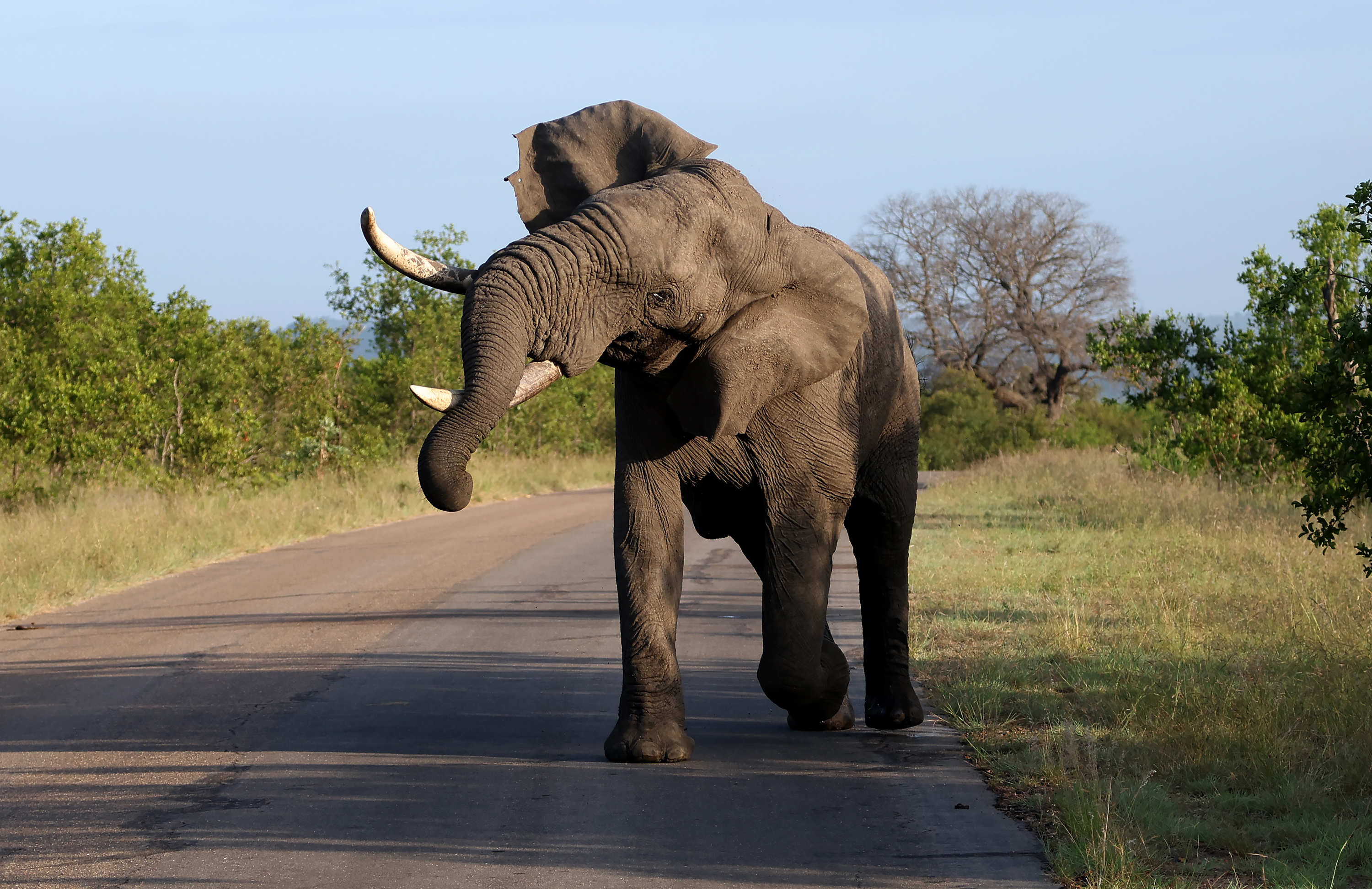
An elephant in the Kruger National Park. December 2022. (Photo: Warren Little / Getty Images)
“The locality maps [in the report] also do not indicate the proximity of the mine to Kruger National Park, yet the names of other places are indicated… The omission of the Kruger National Park and its role in the region is concerning. An EIA report should contain detailed information to allow the competent authorities to make an informed decision.
“It is highly questionable as to whether this omission of the Kruger National Park has been done on purpose.”
Mthimkhulu says SANParks environmental experts in the park were also not notified about the availability of the Kimopax EIA report so that they could make comments.
“The Kruger National Park was made aware of the mining application through other stakeholders,” he said, further noting that SANParks was not listed as the management authority or even as an interested or affected party.
Park ecologists have several concerns about the plan, ranging from the impact of mining on tourism and the park’s unique sense of place to pollution by dust, noise, light and water.
Mthimkhulu notes that tourism is highly concentrated in the southern part of the park and more than 1.3 million visitors entered via the southern gates in the past financial year. This section includes the Crocodile Bridge and Malelane entrance gates and at least four popular tourist camps: Crocodile Bridge, Biyamiti, Malelane and Berg-en-Dal.
The potential impacts of mining on the ecology and ecotourism could be “drastic”, said Mthimkhulu, noting that the mining industry and several government agencies had collaborated more than a decade ago to jointly produce the 2013 Mining and Biodiversity Guideline. It aimed to avoid or mitigate the impacts of mining on South Africa’s biological treasures.
No coal extraction is planned inside the Kruger, but research from other reserves has shown that mining can lead to several direct or indirect effects on animal life in the vicinity.
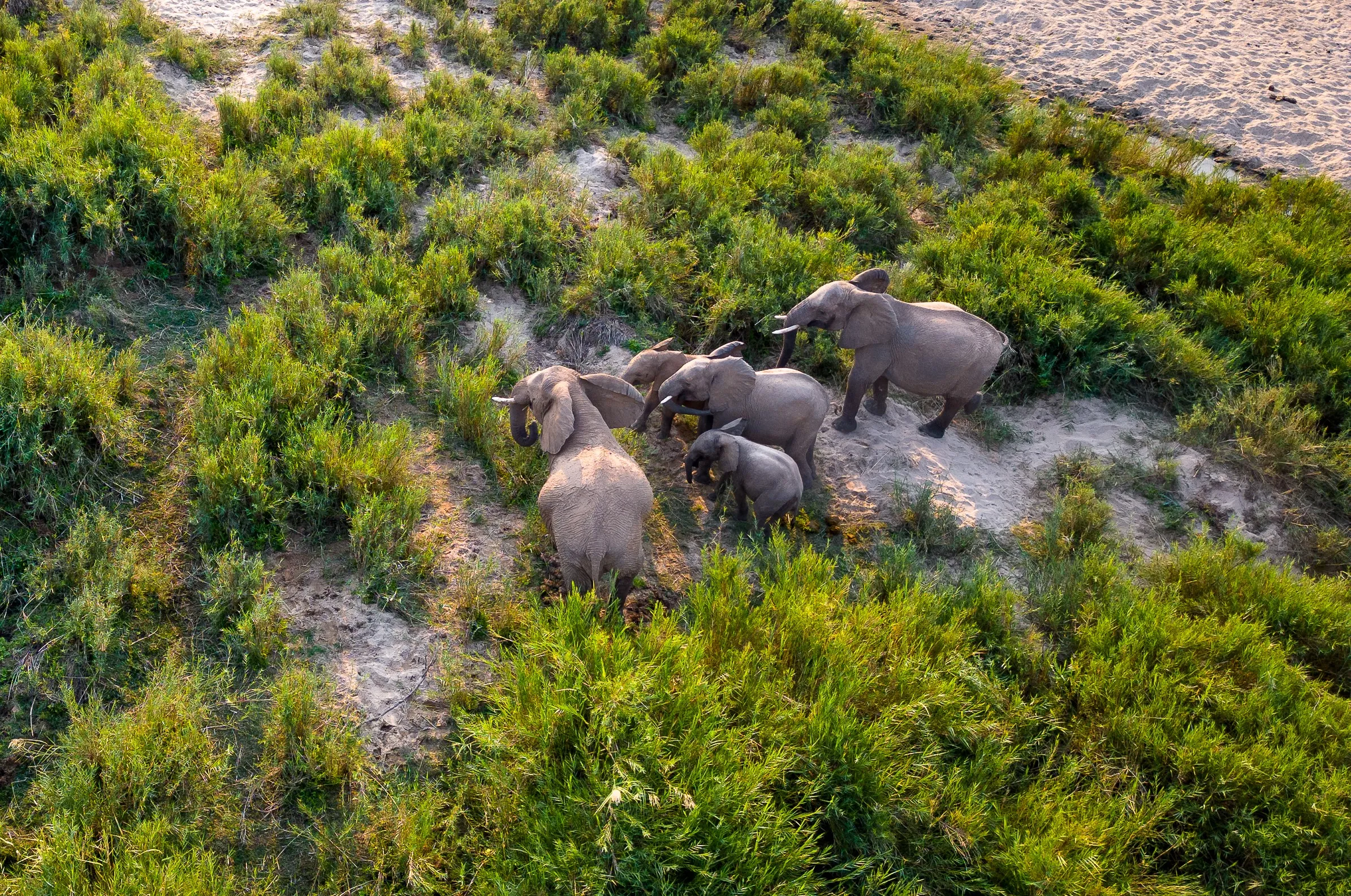
Elephants feed along the banks of the Crocodile River, close to where a new coal mine is planned – Image: Tingana Collection
Toxic chemicals released
For example, acid mine drainage and other toxic chemicals released in the mining process can flow into rivers and streams, poisoning fish and other aquatic life, including larger species such as crocodiles.
The Olifants River, which flows through the Kruger, is already significantly polluted from coal mining in Mpumalanga.
Indirect impacts from blasting noise, vibrations or light pollution can also lead to the displacement of some wildlife species, and air pollution associated with opencast mining can lead to high levels of fine dust particles that coat the leaves of plants, reducing their capacity for photosynthesis.
The potential impact is not only on the Kruger, but also on several ecotourism lodges and private reserves that have been developed along the southern banks of the Crocodile River, as well as large-scale irrigated farms for sugar cane, fruit and other crops. Examples include Ngwenya Lodge and Buckler’s Africa Lodge as well as the Marloth Park wildlife sanctuary and holiday township.
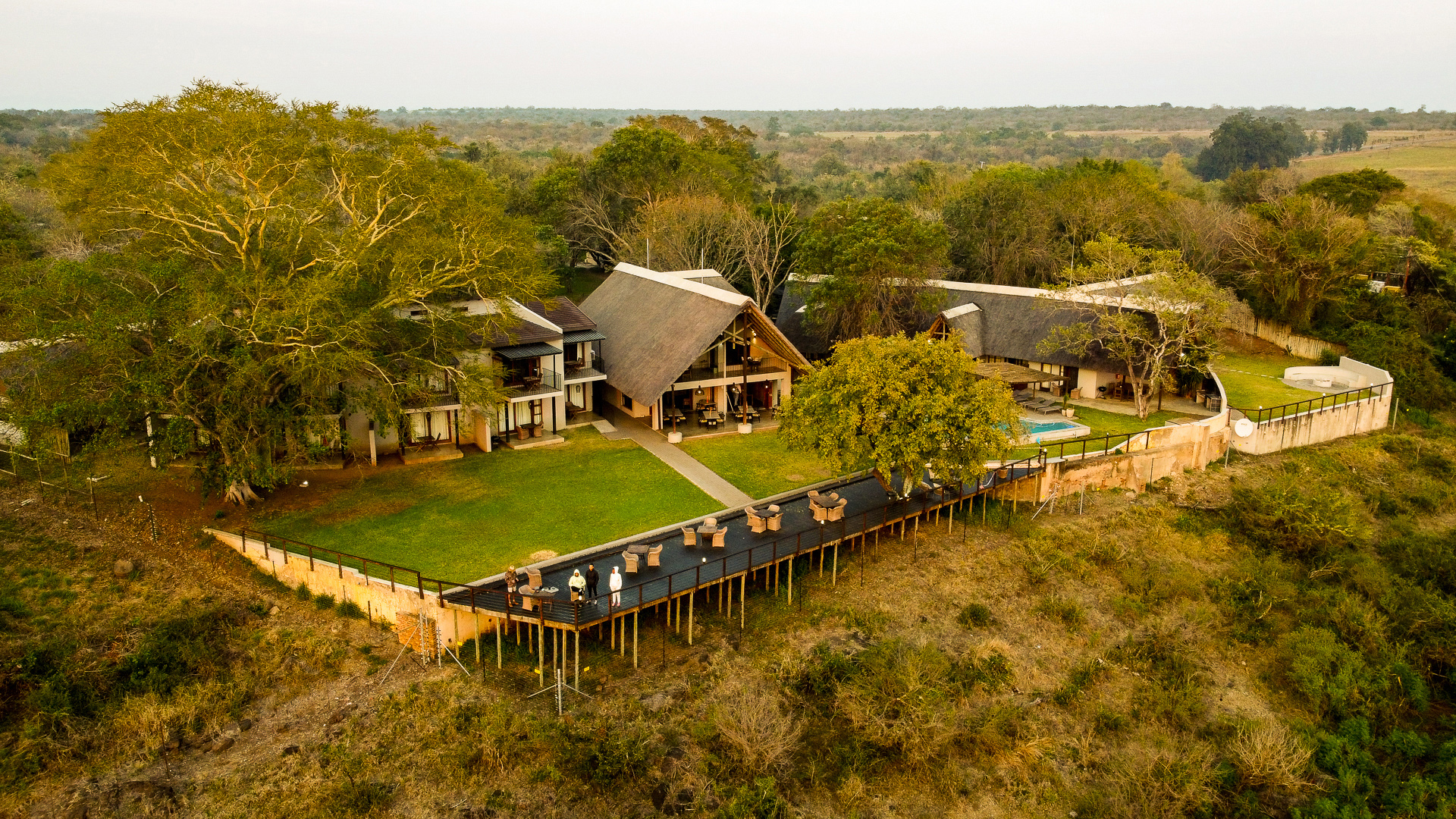
Buckler’s Africa Lodge is one of several tourism establishments located close to the proposed coal mine. (Photo: Tingana Collection)
Yet the Kimopax report appears to fudge critical questions about the likely impacts of mining on the park, neighbouring ecotourism lodges and the agricultural economy.
The report is also vague about the project’s financial backing and proposed mining methods, presenting the venture as an exclusively underground operation. Yet a closer reading suggests that opencast mining could be a way to raise funds for future underground mines.
“The coal mined [from opencast areas] can be sold to other local mining companies. This will allow generation of capital to alleviate the capital expenditure burden while developing the underground mine,” says Kimopax. This suggests that the company is currently unable to finance a major underground operation.
Kimopax states that the operation and maintenance of the processing plant will be outsourced to a contractor, raising further questions about the capacity of Tenbosch, whose directors are listed as Phiki Raymond Zulu and Phillip Zephania Mkhatshwa.
Daily Maverick sent questions to Kimopax requesting clarity on the apparent exclusion of SANParks from the consultation process.
Kimopax insisted that it had “consulted” two SANParks officials, but did not specify when these engagements took place.
Daily Maverick has established that one of those SANParks officials left the organisation more than a year ago, and the second has also left SANParks and has been working in Zambia since May.
We also asked why Tenbosch needed an independent contractor to operate the plant; what experience the company had in coal mining; and whether it could provide details of its current coal mining operations.
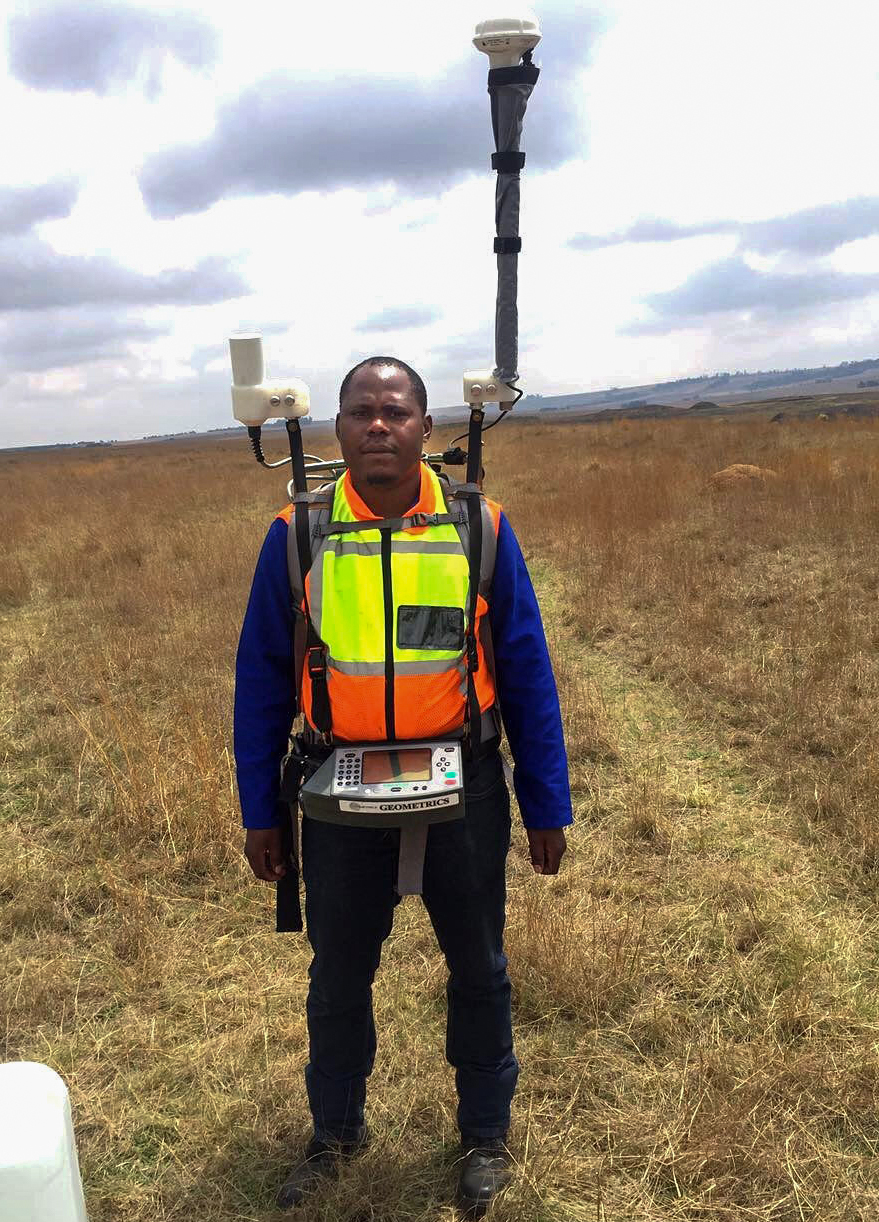
Environmental consultant Lufuno Nengwani with some of his equipment. Photo: Geoluken Consulting website
In response to our queries, Kimopax environmental assessment practitioner Lufuno Nengwani said: “Be rest assured [sic], Tenbosch company personnel have experience in mining.
“Typically, a mining project encompasses multiple phases within its development cycle. At Tenbosch, we believe in a comprehensive and strategic approach to our mining development life cycle.
“Human resource recruitment and the appointment of independent contractors are integral components of our evolving process. The decision to appoint independent contractors for some of our operational processes should not be misconstrued [as] lack of resources or capacity within Tenbosch.”
However, the Marloth Park Property Owners Association and other groups remain concerned about several aspects of the coal venture and the manner in which the EIA process is being conducted.
Agriculture stands to lose
One example involves job creation, and Kimopax and Tenbosch are punting the coal plan as a major venture that will help to uplift impoverished communities. Though it seemingly failed to notify SANParks, the mining company laid on several buses to ferry residents of three local community wards to a public meeting at the Mdladla community hall on 23 September.
Although an initial scoping report by environmental consultants called Limp Earth suggested that the mine would create about 90 permanent jobs, the new Kimopax report bumps this figure up to “approximately 300 workers”, mostly from surrounding areas.
Kimopax amplifies the job creation message but appears to place less emphasis on potentially negative impacts such as the loss of agricultural land and displacement of other livelihoods.
According to independent consultant Dr Christine McGladdery, nearly 5,800 people from local communities benefit directly from Marloth Park’s tourism and hospitality industry, and the agricultural sector also employs people who stand to lose their jobs if farms or game ranches are converted to coal mining.
McGladdery, on behalf of Marloth Park, observes that local stakeholders were given only five days to review and comment on hundreds of pages of Kimopax EIA reports.
Another major concern is that these reports appear to focus almost exclusively on the initial 200ha targeted for mining, rather than the entire 6,500ha area that Tenbosch hopes to develop in future phases.
Nengwani disagreed with this interpretation, saying that if the mining project were to be modified the company would “adhere to relevant regulations” and conduct further studies prior to future mining operations.
However, McGladdery says environmental authorisation does not differentiate between different types of mining in one application. If a mining right were to be granted, there would be nothing to stop the entire area from being mined using noisier and more intrusive opencast blasting.
For local farmers, one of the biggest concerns is the volume of water needed by a mining operation that aims to extract up 20 million tonnes of coal per year.
As well as potential pollution from acid mine drainage into rivers and dams, landowners fear the depletion and pollution of groundwater around the mining areas.
Although several of these questions remain unanswered, the clock is ticking for government approval.
According to Kimopax, a public consultation meeting will be held at the Marloth Park community hall on 21 October. After that, a final EIA report will be submitted to the Department of Mineral Resources and Energy on 21 November for approval. DM
This story first appeared in our weekly Daily Maverick 168 newspaper, which is available countrywide for R29.























 Become an Insider
Become an Insider
Who smells a rat!!!
The burdens of protecting biodiversity and natural heritage seems unevenly stacked against environment agency.
Developers only need to win once for the land to forever be lost to development, which is usually specifically oriented and benefits a relative few.
On the other hand, environmental agency has to win forever over and over again to keep the value of the land intact.
When a case against development is won on merit of existing environment law, it should be off limits to make further applications. Sadly this does not seem to be the case.
With a goverment who has no conscience or soul ,they sell to the highest bidder
Why, in this day and in this time, is this even considered – this is beyond outrageous.
Hats off to Oscar Mthimkhulu for his concerns. It takes courage to stand up and be counted when you live in a hive of unemployment.
It seems odd that the environmental consultant is so confident as to reassure us ” “Be rest assured [sic], Tenbosch company personnel have experience in mining”. Is he an expert on mining also and how independent is he of the promoters? Perhaps his fees are based on success.
Is there a hidden hand behind all this?
Very biased response letter from a so-called independent EAP.
Very typical strategy, focus on one tiny bit, usually next to some agricultural infrastructure to make it look like a “Brown -Site” or a developed area on the photographs, which makes it easy to get it through DMR. Then you have one place’s approval and start mining so, it takes a large battle to stop mining…
And no, usually these small companies won’t mine it, they will get approval, move a bit of earth and sell the project once it looks like it is a going concern to a larger mine, if they can’t sell it there are endless contractors that will just come fetch the easiest bits of coal with no actual rehab plans in places…
There is a five year hiatus specified in the regulations, if your eia is rejected.
NO! No, no, no, no, no. Not now, not ever.
There’s no such thing as rehabilitation – once a mine closes the greedy capitalists will always find a way to weasel their way out of obligations by fudging the books and pleading bankruptcy. Plus coal mining is a messy operation and no amount of rehab after the event can ever clean it up, not properly; plus mining can go on for decades, by which time restoring the fauna might never happen, and the flora can take several *more* decades to grow back (and that might also never happen) – meaning three or four generations could be looking at a blighted rural slum of a landscape. And that isn’t even hyperbole. In fact it might even be a conservative guess.
No! No mining!
Again, skulduggery of the highest order.
Such deviousness should not be tolerated at all.
Why are SA journalists so intent on reporting on international issues when there are serious issues here at home that will directly affect South Africans?
This election cannot come fast enough. SA needs healing, part of which must be the cutting out of these scoundrels at every level from corrupt politicians down to corrupt workers, who exist for their own lust for money at the expense of their fellow South Africans.
Thank you Tony, and every soul that contributed to this article being made public.
We should stop talking about Biden/Trump, Ukraine/Russia and Israel/Palestine around the braai and start talking about the welfare of our own country and to encourage awareness, thought, debate and how to fix that which is broken in SA.